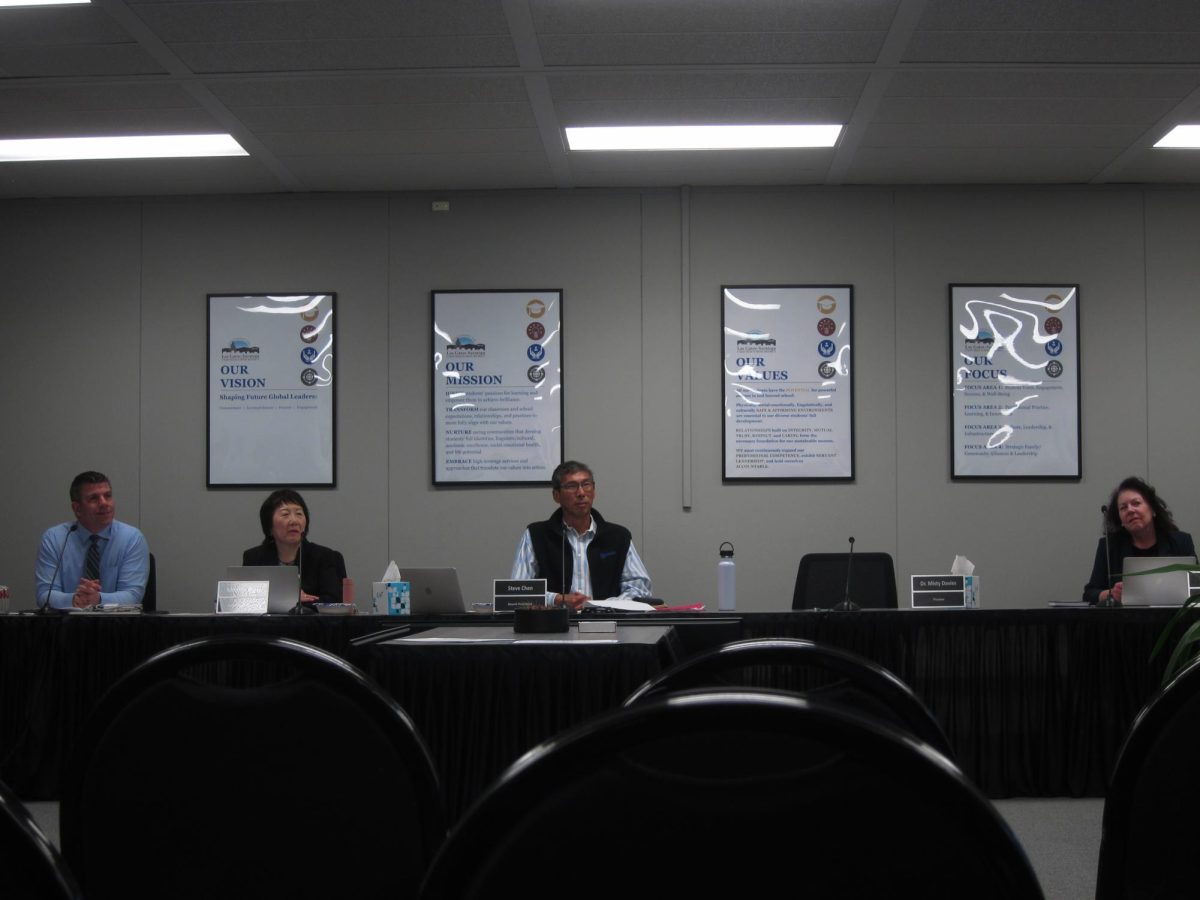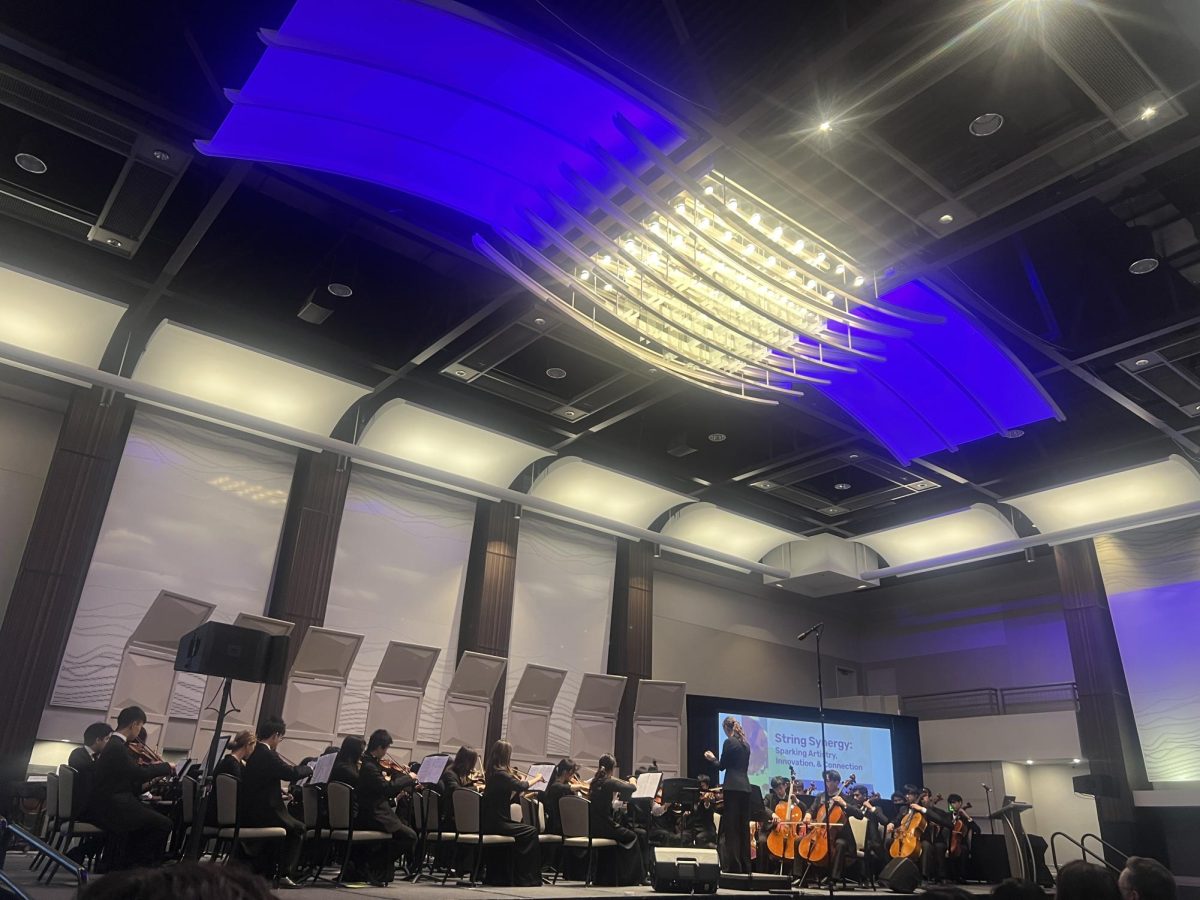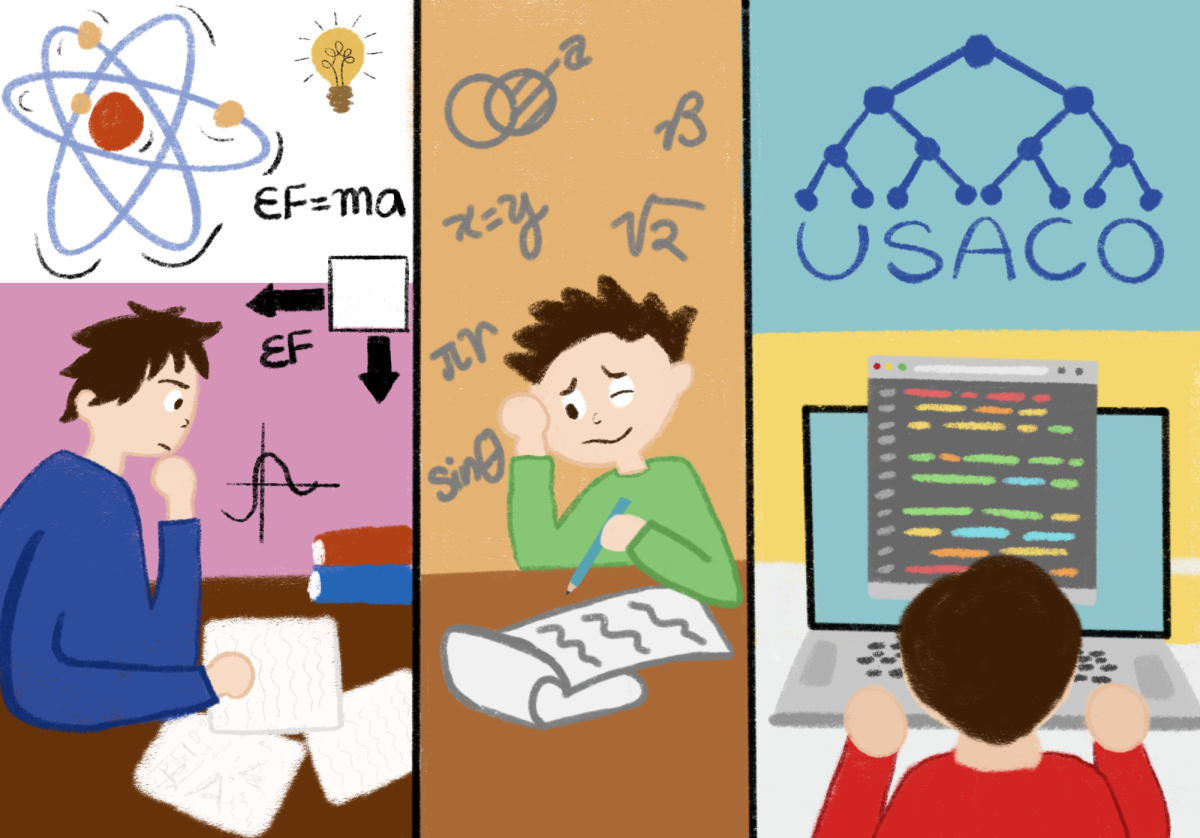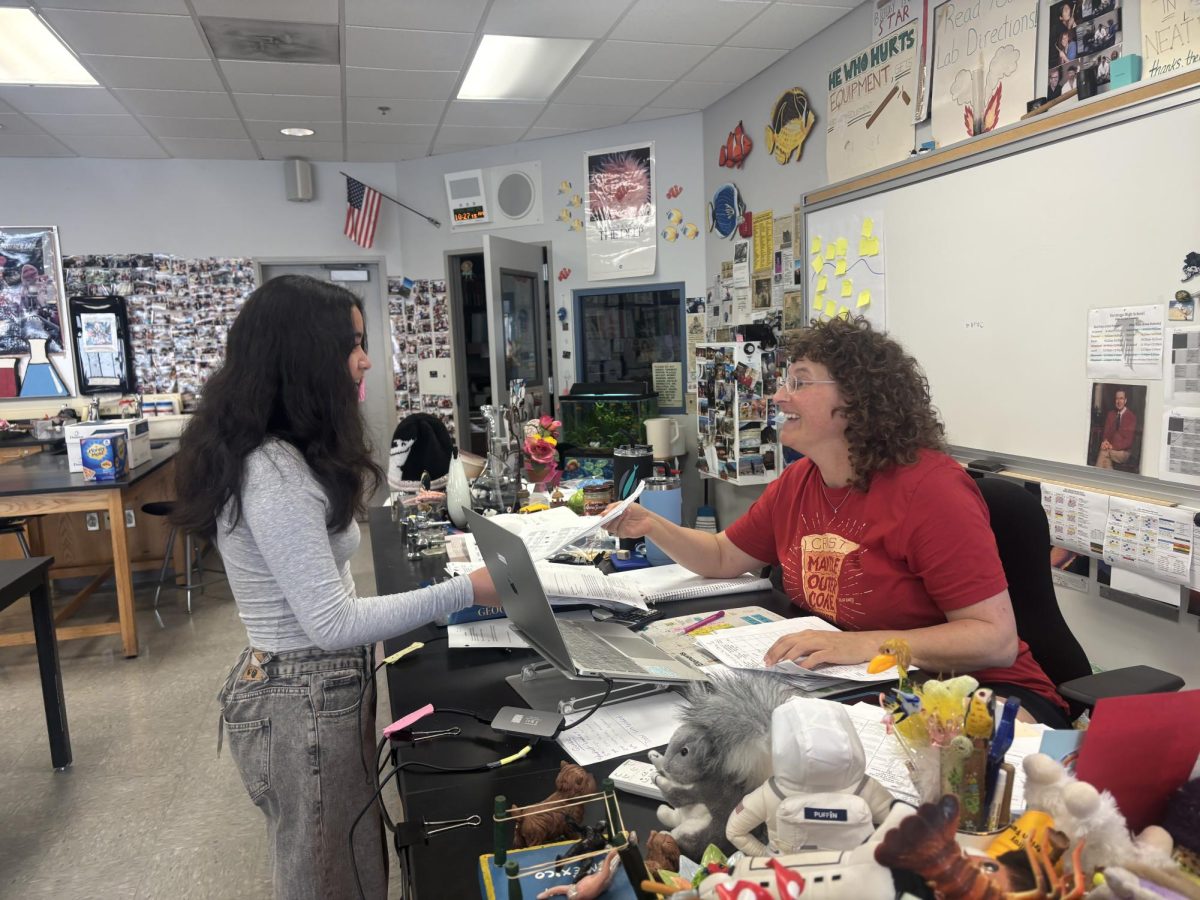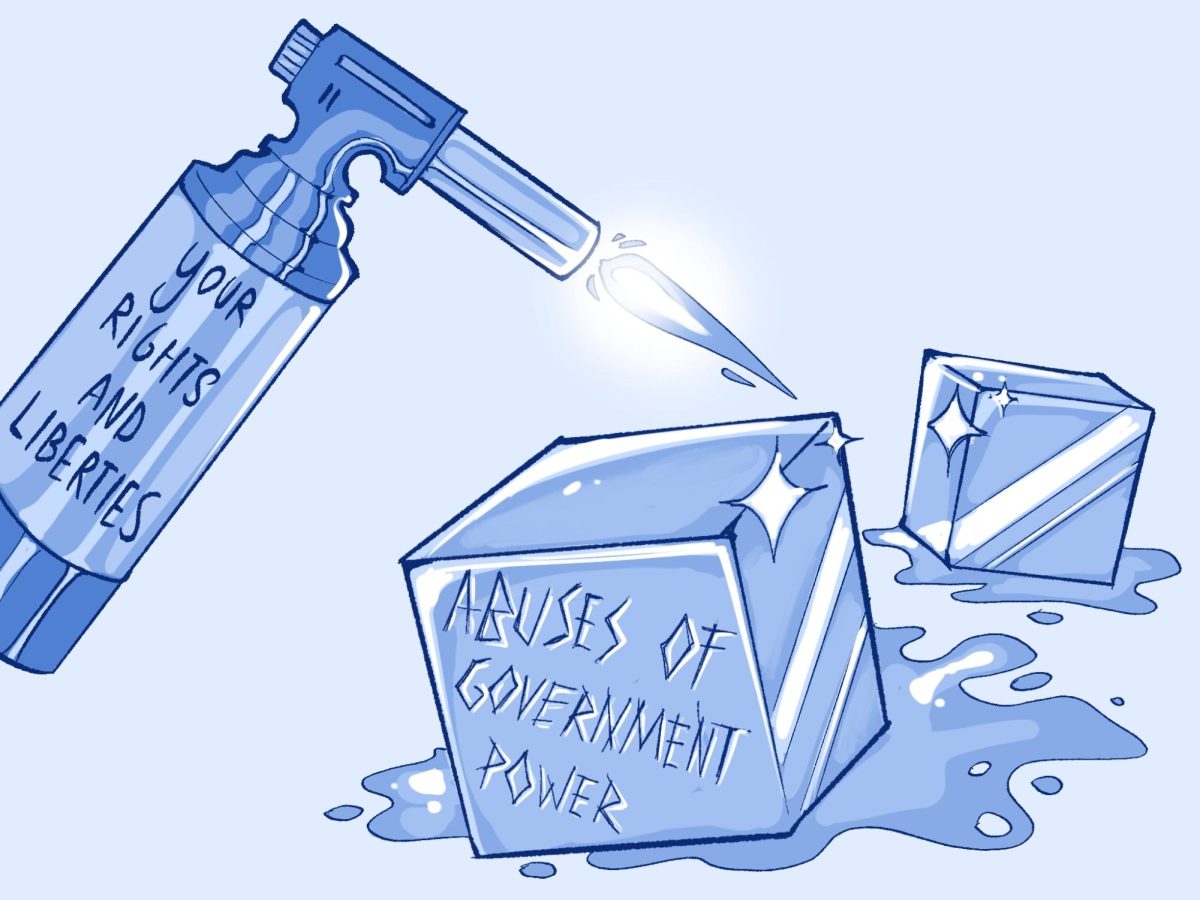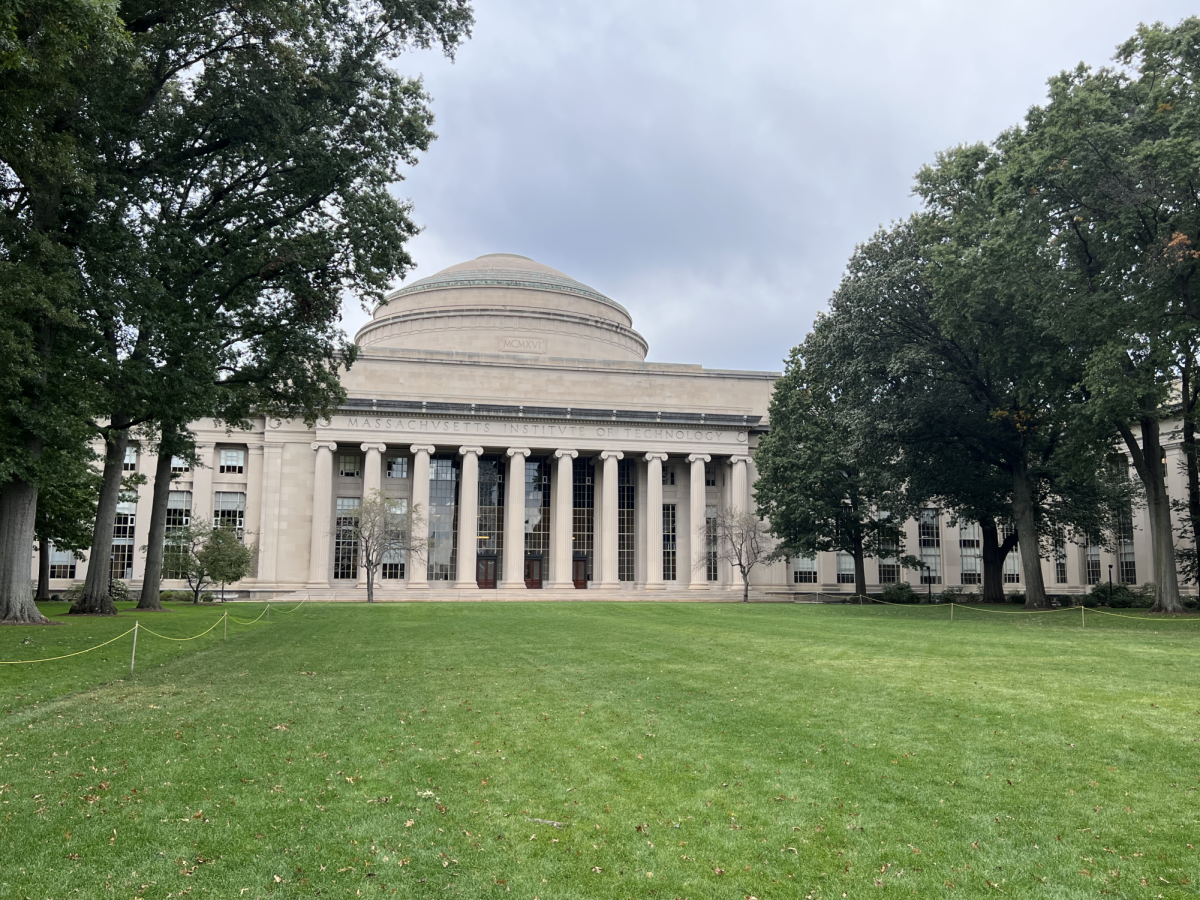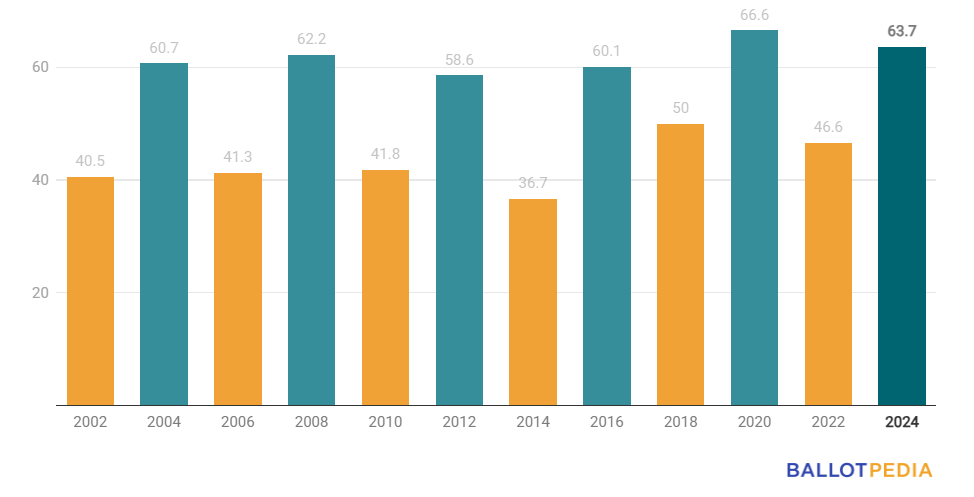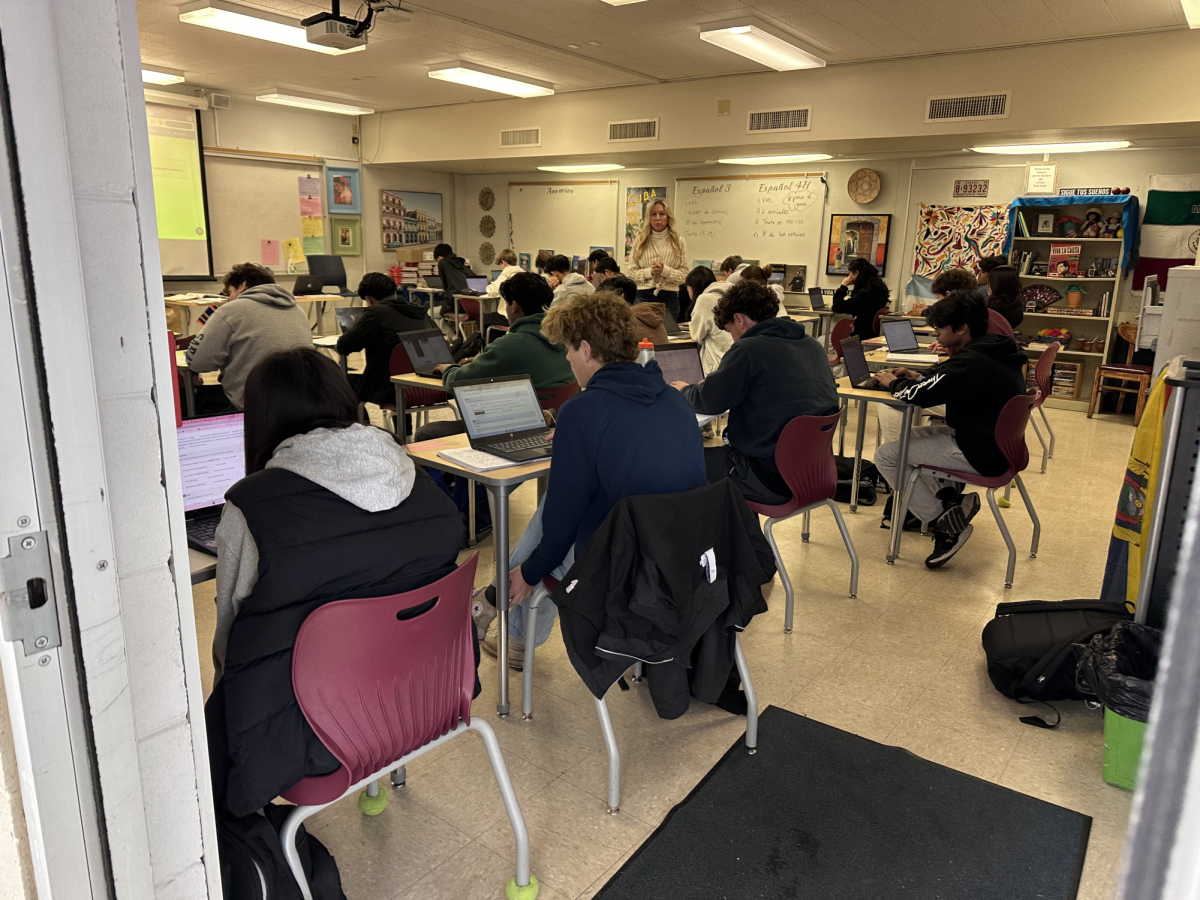Driving around Saratoga, several changes stand out: the newly installed solar panels on the city library roof, the electric car charging stations in the library and city hall parking lots, among other places. Most notable are the numerous schools nearby, such as Homestead High, Lynbrook High, West Valley College and De Anza College that have installed solar panels in their parking lots.
Following this trend, the city of Saratoga has recently been joining the movement. On the city’s website, a page is dedicated to green policies, with tips for energy and water conservation, recycling and proper handling of hazardous chemicals.
In 2008, 91 trees were planted around the city. Additionally, the city fleet, which according to the city website maintains “all city-owned parks, landscaped areas, medians, and related public works infrastructure projects,” has since converted into using several natural gas vehicles.
The school should also work toward a greener community. While it has planted more greenery around the campus in the past few years, other measures that should be taken. Aside from the obvious conservation of electricity and water, more eco-friendly fixtures and appliances can be placed in the classrooms to reduce up to 75 percent of electricity used; furthermore, all students can take part to increase proper recycling in the school.
Since the large-scale renovations and the addition of the science building 10 years ago, the school has implemented the use of fluorescent bulbs in classrooms. Continuing from this, the district has been considering removing non-EnergyStar appliances on campus.
The school has spent $40,000 to $75,000 every month on energy use. Small details, like the time clock that determines when outdoor lighting, heating and cooling in classrooms and sprinklers turn on and off are used to conserve energy.
Another easy way to become more environmentally efficient depends on the actions of the students. Recycling around campus needs to be improved, and students should be further educated on what can and cannot be recycled.
“The kids play a very important role in what gets recycled,” plant supervisor Brian Moran said. “Almost everything can be recycled, the cans and the plastic and the paper, with the exception of the food leftovers.”
The school has hosted an event at lunch on Earth Day for the past couple of years, but aside from this day, there has not been much traction on green living on campus. Since it has become a bigger issue within recent years, the school should provide more instruction and information on what the community has been doing to become more green and how students can apply that to their own lives.
A big project that can be taken on is the addition of solar panels in the school parking lot. According to The Solar Company-California, solar panels produce up to a third of an average household’s electricity used.
With solar panels covering the entirety of the parking lot, a substantial portion of the electricity footprint would be covered by the solar panels. Because it is a project that will save the school money in the long run, the panels would be worthy of investment.
More awareness of the importance of green living is key to change within the school. If the school takes initiative with these steps, it will be on its way to a greener future.

